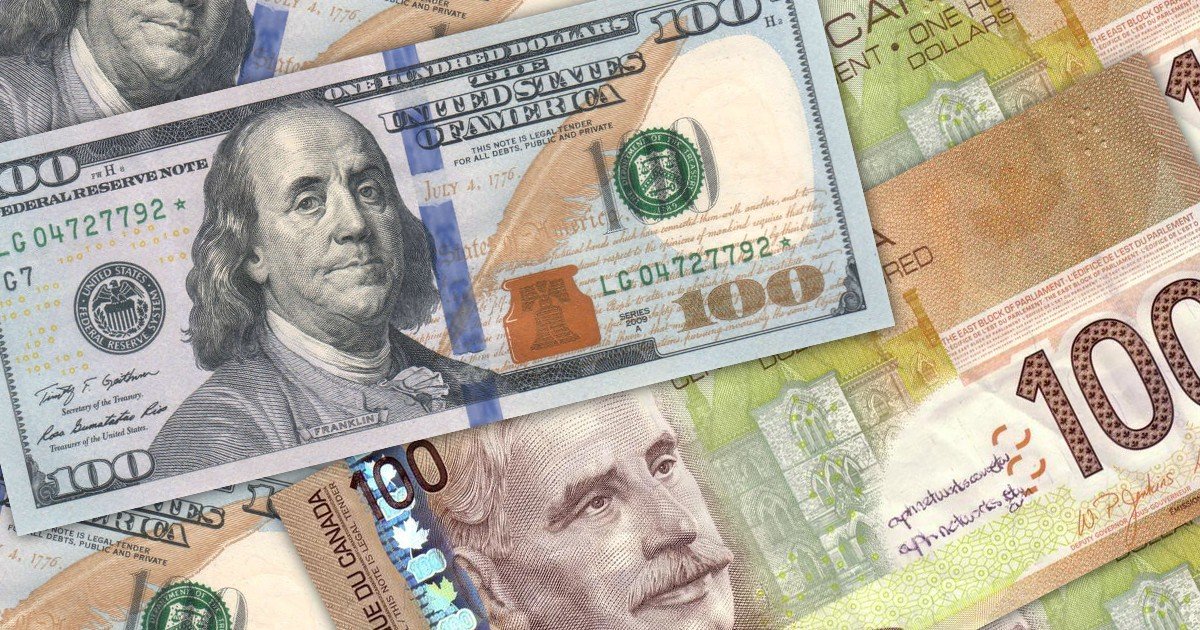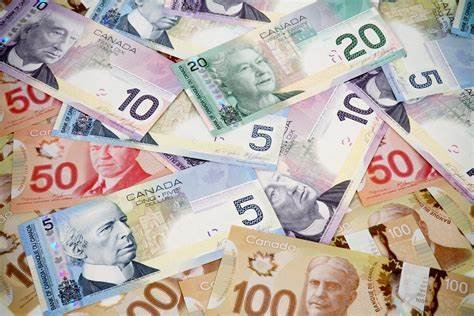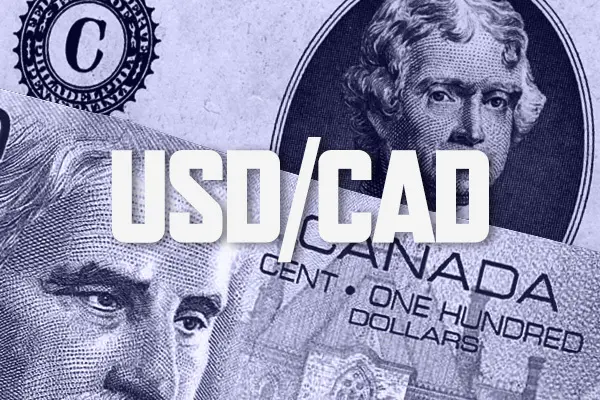USD/CAD Holds Firm Above 1.3850 as BoC Rate Cut Bets Rise and US CPI Data Looms
USD/CAD pair is holding steady near 1.3875 in early European trading on Thursday as investors weigh contrasting economic signals from the US and Canada. Rising expectations of a Bank of Canada rate cut, fueled by weak Canadian job data and a higher unemployment rate, continue to pressure the Loonie. In contrast, investors are preparing for the US August CPI report to be released, which is expected to reveal that inflation is ticking up. The result of this major data may well decide the pair’s short-term trajectory, with weaker inflation to limit the Greenback’s advance. KEY LOOKOUTS • Broadly expected 25 bps reduction in September, but chances of further relaxation in 2025. • August job losses of 66,000 and an unemployment rate of 7.1% put more pressure on the Canadian Dollar. • August CPI forecast at 2.9% YoY, with core CPI at 3.1%; any shock will influence USD momentum. • The pair remains strong above 1.3850, and buyers anticipate the next move after inflation release. USD/CAD holds firm above 1.3850 with investors eyeing near-term US inflation prints and increased Bank of Canada rate cut expectations. The Canadian Dollar is weakening following soft labor market data depicting job losses and rising unemployment, boosting the prospects of September policy relief. Conversely, the US Dollar remains firm as they anticipate the release of the August CPI data, with markets looking for inflation to creep higher. The outcome of the data will be critical in determining near-term direction of the pair, with weaker US inflation able to restrain the advance of the Greenback. USD/CAD trades firmly above 1.3850 as weak Canadian jobs data boosts expectations of a BoC rate cut. Investors now await the US CPI report, which could set the tone for the pair’s next move. • USD/CAD holds near 1.3875 in Thursday’s early European session. • Canadian Dollar pressured by weak labor market data showing 66,000 job losses in August. • Unemployment Rate jumps to 7.1%, making a BoC rate cut more likely. • A 25 bps BoC cut in September is priced by markets, with further easing in 2025 feasible. • US CPI inflation report today, with headline CPI at 2.9% YoY forecasted. • Core CPI forecast to stay at 3.1% YoY, the joint highest since February. • Inflation result focus in the market, with softer US CPI potentially limiting the gains of USD against the Loonie. The USD/CAD currency pair is in focus as market players consider two key variables: the policy direction of the Bank of Canada and the release of the US Consumer Price Index. Recent economic statistics from Canada were poor, including the shedding of 66,000 jobs in August and an increase in unemployment to 7.1%. This decline has made more likely the expectation that the Bank of Canada will proceed to make a rate cut in September, an action that most economists argue can be the start of a wider easing cycle in 2025. USD/CAD DAILY CHART PRICE SOURCE: TradingView Meanwhile, the US is gearing up for the release of its August CPI inflation data, a release that does a lot of heavy lifting for market mood. Expectations are for headline inflation to reach 2.9% year-on-year, with the core reading staying at 3.1%. Both of these readings will be closely watched by traders and policymakers, as they bring new information about the health of price pressures in the world’s biggest economy and inform Federal Reserve policy expectations. TECHNICAL ANALYSIS USD/CAD is holding firm above the 1.3850 level, an important level of support for the pair. Persistent strength over this region indicates buyers are still in charge, with the immediate resistance observed around the 1.3900 psychological level. A clean break above this barrier may lead to additional upside pressure. On the lower side, any breakdown below 1.3850 may initiate selling pressures, exposing subsequent support levels around 1.3820 and 1.3780. Traders will most probably wait for the US CPI result to validate the pair’s future directional bias. FORECAST Should US CPI figures be higher than anticipated, it can confirm bets on the Federal Reserve keeping the policy on a tighter leash for an extended period, thus strengthening the US Dollar. In such a case, USD/CAD can get some traction to take prices past the 1.3900 resistance into 1.3950 and beyond in the near future. On the other hand, if the inflation rates indicate a cooling down, the Greenback might lose pace as markets can speculate an imminent Fed rate reduction. This would ease the pressure on the Canadian Dollar and might take USD/CAD lower. A break below the 1.3850 support area may prompt further losses, with 1.3820 and 1.3780 being likely downside targets.









